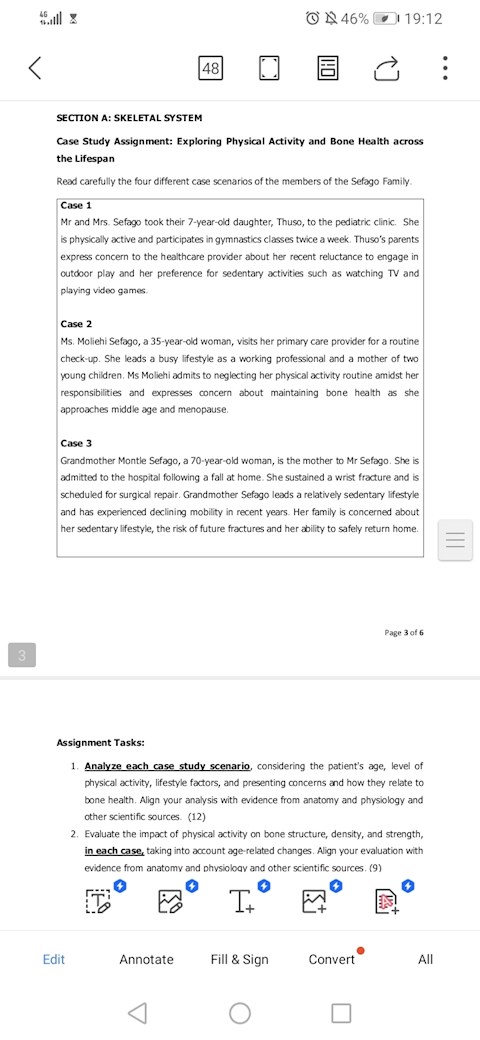#wellness
Wellness - questions and answers. If you have a question about this topic, please click on the "New Question" button. If you wouldn't like to miss any new question in this topic, please subscribe.

Davies Kabolwe
Anonymous
Disease prevention is a set of actions aimed at preventing the emergence or worsening of diseases through measures such as vaccination, vector control, treatment of chronic diseases, and health?
Disease prevention is a set of actions aimed at preventing the emergence or worsening of diseases through measures such as vaccination, vector control, treatment of chronic diseases, and health education, among others. It is a tertiary prevention? Diagnosis. Rehabilitation. Health education. Preventive drug therapies.
Anonymous
Actions aimed at improving the well-being and quality of life of people through the development of healthy habits, such as the practice of physical activity and adequate nutrition, among others, are?
13.Actions aimed at improving the well-being and quality of life of people through the development of healthy habits, such as the practice of physical activity and adequate nutrition, among others, are...? Disease prevention. Health protection. Health recovery. Health promotion.
Anonymous
Which interventions below correspond to the health promotion strategy Interventions to deal with tobacco, alcohol, physical activity, and diet Programs for the early detection of diseases?
Which interventions below correspond to the health promotion strategy? Interventions to deal with tobacco, alcohol, physical activity, and diet. Programs for the early detection of diseases. Multidisciplinary team interventions for evaluation. Prenatal exam in pregnant women.
Anonymous
Activities such as ensuring the safe supply of food and water, protecting people from environmental threats, and controlling existing infectious diseases refer to the concepts of:Health promotion?
5.Activities such as ensuring the safe supply of food and water, protecting people from environmental threats, and controlling existing infectious diseases refer to the concepts of: Health promotion. Health protection. Disease prevention. Health surveillance.
Anonymous
Anonymous
Identify which is not a phychological hazard? ?
Fatique Memory Workout cycle Personal relationship

Dickson Kataza
Anonymous
Anonymous
PHC?
lyze the relationship between exercise intensity, muscle damage, and the development of delayed-onset muscle soreness (DOMS) in individuals engaged in resistance training, using Maxwell's case as an example. (8) 2. Describe any four (4) major skeletal muscles involved in weight-lifting exercises that are likely experiencing soreness and tightness in Maxwell's case. (8) 3. Indicate the criteria for naming each of the major skeletal muscles involved in Maxwell’s weight-lighting exercises. (6) 4. Using Maxwell's case study, discuss how the increase in weightlifting intensity may have contributed to the observed changes in muscle size and strength across Maxwell's abdomen, buttocks, and upper and lower limbs. (8) 5.1 Describe the physiological process responsible for this increase in muscle size.?

Deidre ann Fillies
Namala Rebecca

Meiraf Tsegaye

